
Moments before brain surgery, Chuck Holt whispered to his wife: “There’s still time to make a break for it.”
More than a year later, the debilitating weakness in his right arm and leg from Parkinson’s Disease is, for the most part, held at bay.
And Chuck is an unabashed cheerleader for Deep Brain Stimulation (DBS).
“I got my life back,” the 51-year-old Cannon Falls husband, father, welder and avid outdoorsman says.
There’s growing hope for people who suffer from the debilitating symptoms of Parkinson’s, as well as epilepsy and obsessive-compulsive disorder (OCD).
Researchers even look at the possibility of using this therapy to treat a host of other brain diseases, including mental illnesses and addiction.
Says Dr. Jerry Vitek, who heads the Neurology Department at the University of Minnesota Medical School: “Frankly, we believe that any circuit disorder in the brain is amenable to Deep Brain Stimulation.”
Dr. Alik Widge, a clinical psychiatrist at the U, predicts: “Twenty years from now people like me will be using magnetic or electrical devices rather than a prescription pad.”

There’s a good reason Chuck got cold feet. His surgeon needed to insert an electrode deep into his brain, implant a pacemaker into his chest and burrow wires in between to connect the two devices.
And to make it even more daunting: Chuck needed to be awake during the procedure, so that his doctor could move his arm to test the effectiveness of the lead placement in real time.
Says Dr. Bob McGovern, a neurosurgeon at the U: “To see these symptoms go away, right there in the operating room, is, yeah, very, very rewarding.”

An “iceberg” of science, as Dr. Vitek calls it, drives this promising medicine. Patients only see doctors like him at the top. But, below the surface, is a multi-disciplinary team of researchers.
Like puzzle pieces, each and every one of their contributions come together to provide help and hope in the face of brain diseases that slowly imprison patients and, with them, their loved ones.
Dr. Vitek only wishes he could fit the entire team into the operating room to share an experience that after 2,000 or so procedures never gets old: “When you see a patient break down after their symptoms get markedly better, we all tear up.”

With no family history of Parkinson’s, the diagnosis blindsided Chuck. In fact, doctors initially blamed the weakness in his right arm and shoulder on repetitive stress.
When carpal tunnel surgery provided no relief, a neurologist found that Chuck had the progressive, degenerative disease.
Medication, at first, helped. But, then, between doses, Chuck started experiencing such huge peaks and valleys in his mobility that he had to give up fishing and hunting.
DBS was suggested and Chuck, with strong support from his wife Lori, mustered the courage not to run from it.
“It’s life-changing,” he says. “Just to be able to move freely.” Again.
Inspired
University of Minnesota Udall Center of Excellence for Parkinson’s Disease
Minnesota’s Discovery, Research, and InnoVation Economy (MnDRIVE)
M Physicians St. Louis Park Clinic Epilepsy Care Program
M Health Fairview Clinics and Surgery Center: DBS